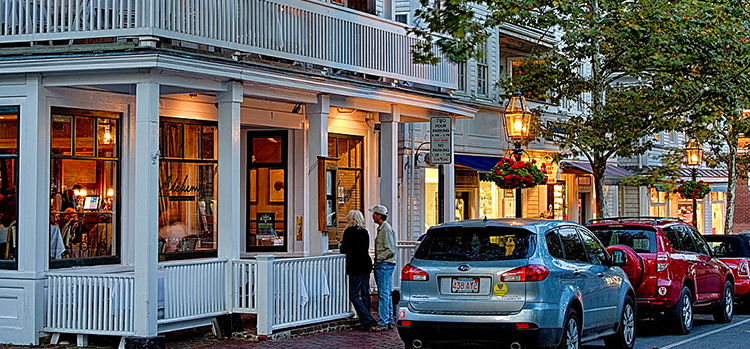Omar Webber discovered his passion at the age of three: Rising just after the Jamaican sun each day, he would step outside, look up to the sky, and watch his dad zip by in a Cessna 172 Skyhawk en route to local fields for crop dusting.
“Every time he went flying I said I wanted to go with him,” says Webber, whose father finally relented. “He gave me the controls and I had fallen in love. That’s what I wanted to be.”
For those drawn to aviation, no feeling compares to soaring thousands of feet above the ground, and for pilots with a passion for safely and efficiently navigating the Northeast, Caribbean, and beyond, Tradewind Aviation may offer the type of flying they’ve always dreamed of.
After completing his licenses through a flight school in Farmingdale, New York, Webber met a mechanic based out of Oxford, Connecticut — the location of Tradewind’s headquarters — who told him about the company’s opportunities for pilots. Webber had originally intended to fly for smaller airlines before moving on to commercial, but after becoming immersed in the Tradewind lifestyle, he decided he had found somewhere special.
“It felt like a family atmosphere, and the culture was good,” he says. “Everyone helped each other and was friendly, and I always felt like they had my back if anything should happen. The work environment is pretty healthy.”
The interesting routes, too, kept Webber coming back rotation after rotation, like the ones from San Juan to the exclusive island of St. Barth — which looks different depending on your approach and requires peak performance to complete the landing on a 650-meter runway bookended between ocean and mountain.
“One of my favorite experiences working with Tradewind Aviation has been landing on St. Barth, mainly because of the challenges,” says Webber, noting that he became a better pilot in maneuvering landing strips made for smaller planes like the Pilatus PC-12. “If I ever flew commercial, it would be a piece of cake. Flying into JFK or La Guardia would be very easy – a walk in the park.”
Soon after his arrival, it became clear to Webber that fellow Tradewind employees — from pilots to scheduling specialists to maintenance crews — were always operating on the top of their game. He immediately got to work too, reflecting the standard operating procedure that was pervasive throughout the company.
“The training department does a great job,” he says. “When everyone’s on the same page, you’re not spoon-feeding anyone. There’s a baseline to everything, so everyone knows what needs to be done and how to get it done.”
Tradewind management noticed Webber’s enthusiasm as well, and within nine months, he was promoted from first officer to captain. He explains, “Pilots have the opportunity to build time fast. There is room to grow here.”
Wrapping up his second year of flying for the company, Webber has grown quite comfortable with the lifestyle. Depending on the weather and how many scheduled legs exist on a given day, he explains that an average shuttle rotation lasts nine to 10 hours and could involve three round trips from White Plains to Nantucket and back. When not shuttling, Webber and crew are running charter trips to deliver passengers to coveted destinations throughout New England and the Caribbean.
“It’s not really set in stone,” he says. “I like the variety. If you need a change of scenery, you just make a phone call, and if they can, they’ll move you to do some charters.”
Due to the family-like culture that has been well established at Tradewind, Webber says there is opportunity for internal flexibility from management that understands, and appreciates, that employees have lives outside of work.
“If I need a day off or I need something done at a certain time, I can tell them my plans and no one ignores my requests,” he says, recalling the optionality granted to him when his wife was pregnant. “Their operations are well planned, so me leaving does not affect them. I’ve worked many jobs, and I feel like Tradewind cares more about me and my family.”
For new pilots interested in flying for Tradewind, Webber suggests asking a lot of questions, being prepared to be a team player, and listening to advice.
“Tradewind is one of the best operators out there for people coming up in aviation,” he says. “We do it well, and do it safely.”
Want to fly for Tradewind? Click here to view our open pilot positions and apply.



































